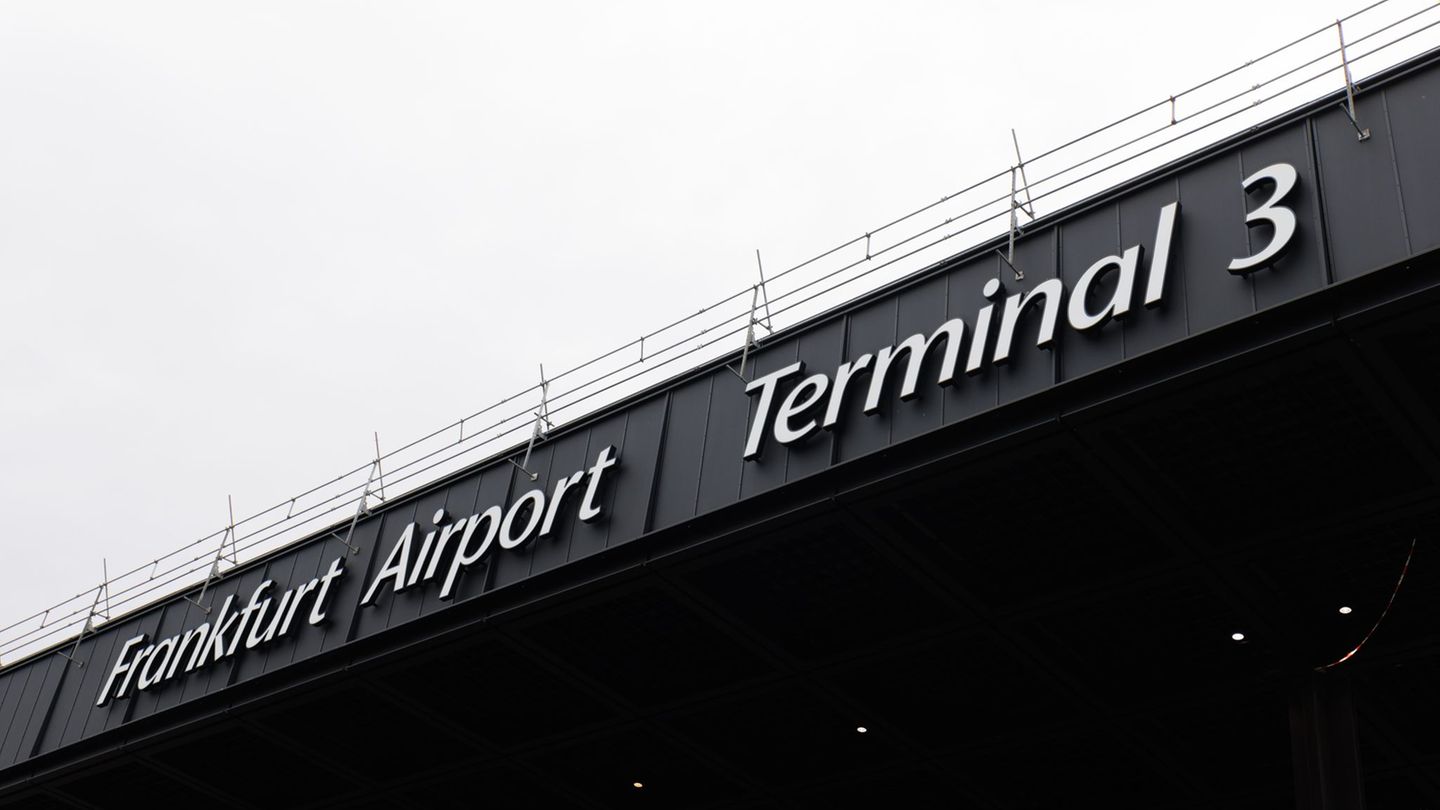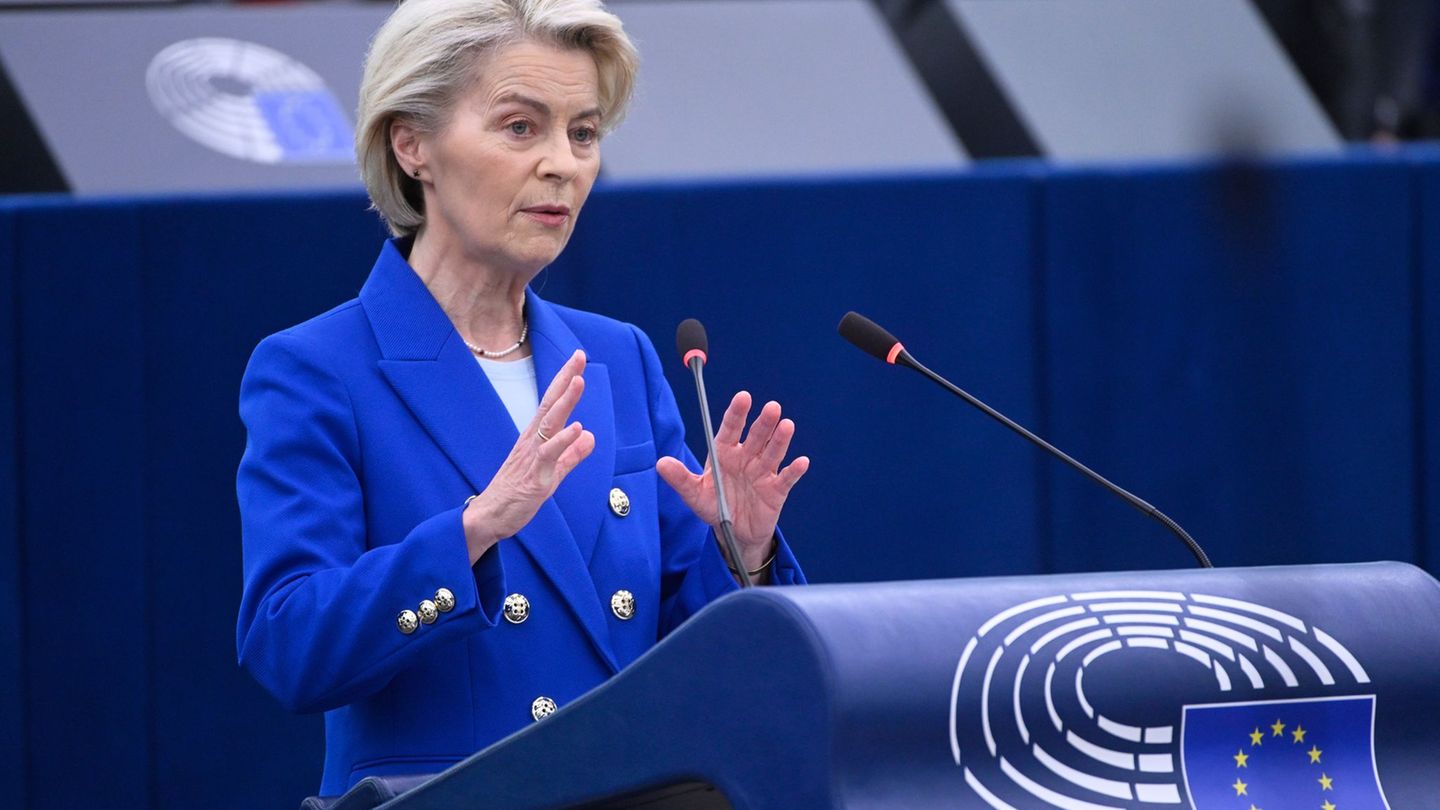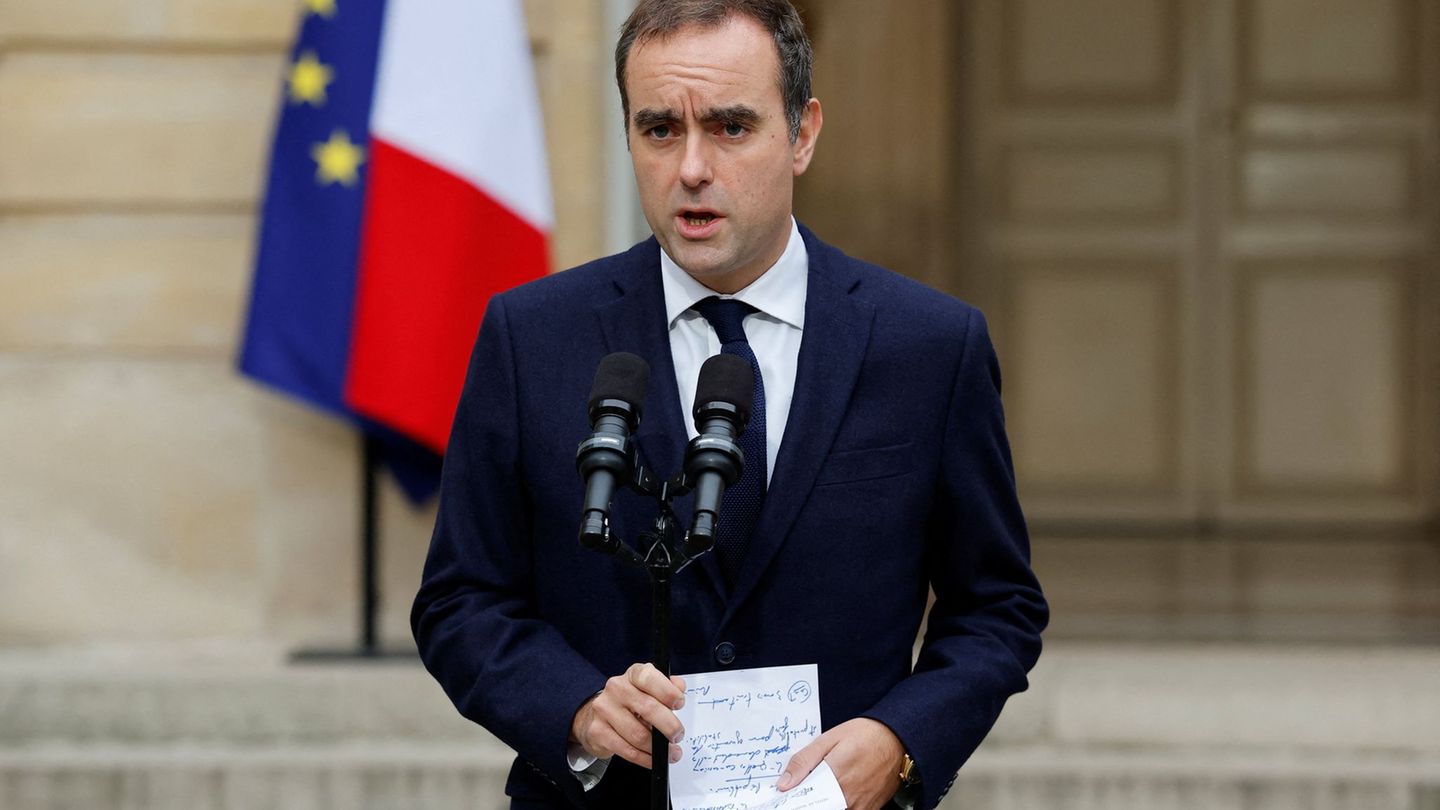According to a broadcast, this corresponds to 72 percent of the domestic TV population aged twelve and over. The most-watched sporting event was the second run in the men’s giant slalom with an average audience of 721,000 viewers and a market share of 68 percent.
Men’s ski jumping on the normal hill (649,000 spectators, 46 percent market share), the 4th run in men’s individual luge (616,000 spectators, 42 percent market share) and the “Olympia Studio” on the February 6 (571,000 viewers, 40 percent market share). The most watched all-women event – Biathlon 10K Pursuit – came in seventh with an average reach of 483,000 people and 49 percent market share.
The various “Olympia Studios” watched an average of 199,000 viewers. A similar number – up to 200,000 people – tuned in for the ultimately canceled men’s downhill run on February 6 at 4 a.m. The actual race the next day at 5 a.m. was watched by up to 422,000 alpine ski fans.
Interest higher this year than four years ago
The special section on sport.orf.at set up for the Winter Olympics reached a total of around 40 million page views from February 1st to 20th. The strongest day was February 10th, with 3.8 million page impressions, when Johannes Strolz secured gold in alpine combination and Alessandro Hämmerle in snowboard cross. The ORF streaming offer was used for a total of 115 million minutes, with four million net views (connected usage processes) and 13.8 million gross views (video starts) between February 4th and 20th in Austria. The most-watched live stream was the 2nd round of the alpine skiing men’s slalom with an average audience of around 52,000 viewers.
The interest in the Winter Olympics in Beijing was slightly higher on television than in PyeongChang four years ago. At that time, the ORF reached 5.3 million people or 71 percent of the domestic TV population, at least briefly (widest circle of viewers). The most watched competition at the time – women’s skeleton – was roughly at the same level as this year with an average of 736,000 viewers, but performed weaker in terms of market share (51 percent). At that time, many of the competitions for the Austrian population took place at similarly unfavorable times. The time difference was eight hours in 2018. This year it was seven hours.
“Rating hit” under difficult circumstances
ORF Director General Roland Weißmann saw an absolute “rating hit” despite the difficult conditions. On the one hand, this is thanks to the great performance of the Austrian athletes – 18 medals won, seven of them in gold, mean the second most successful Olympic Winter Games for Austria – but on the other hand also to the commitment of the ORF Olympic team. “Under the most difficult working conditions, great things were done at the competition sites, while the men and women in the ORF center ensured that the pictures of the spectacular competitions could be presented to the public in the usual quality,” the ORF boss was quoted as saying.
It continues tomorrow, Tuesday, at 6.20 p.m. on ORF 1 with the “medal celebration of the Olympic Team Austria” in the Vienna Hofburg. From March 4th to 13th, the Paralympics in Beijing will be on the program of ORF 1 and ORF Sport +. The latter station broadcasts more than 50 hours live. Daily summaries of the competition days are also planned for both channels.
Source: Nachrichten




